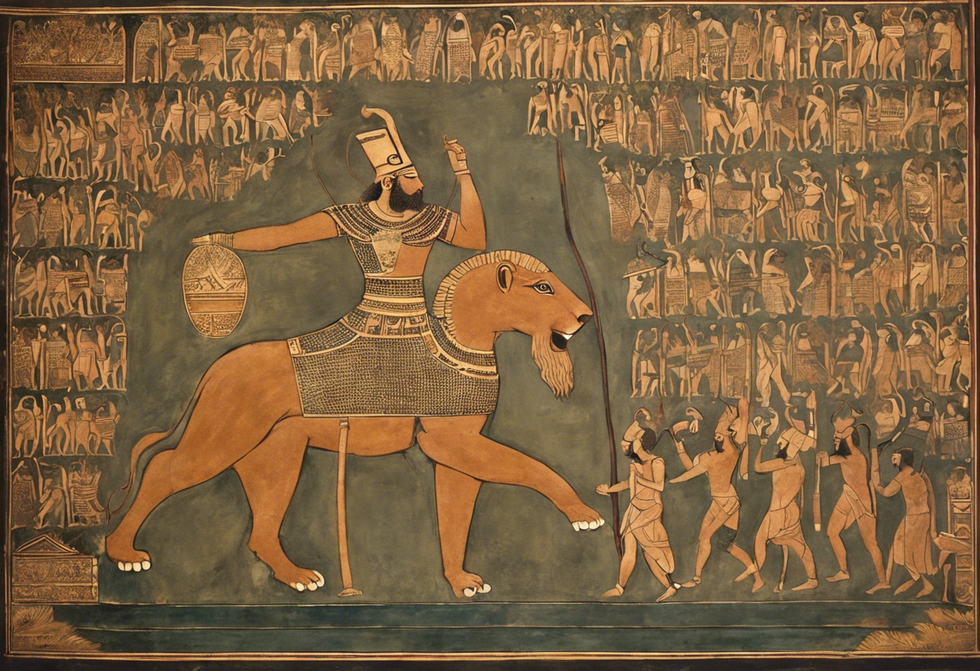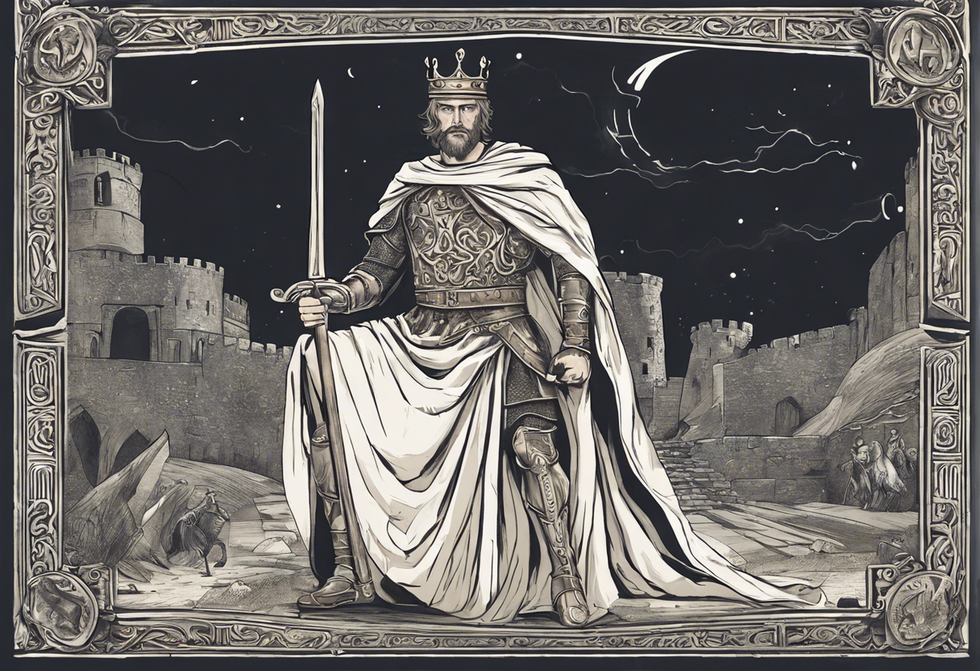Epic Creation Myths: Norse Origins Unveiled
What happened in the beginning, and how the heavens were set in motion.
Now, I have the everlasting joy of explaining the Norse creation myth. To be honest, it can be a bit kooky, so talking about it is always fun. The entire cosmos is included in this creation myth, not just the earth but the sun and the moon as well. This will be a short retelling, a summary of the creation myth, somewhat like I did with Hermod's ride to Hel.

The Norse cosmos began with two worlds, Niflheim and Muspellheim. These two worlds, the worlds of primordial cold and fire, were separated by a great fissure called Ginnungagap. The waters from the well Hvergelmir, at the center of Niflheim, by many rivers flowed into Ginnungagap and "when those rivers, which are called Elivagar, came so far from their source, the poisonous flow hardened like a slag of cinders running from a furnace, and became ice. ...Then layer by layer, the ice grew within Ginnungagap" (Byock 13). The northernmost regions of the gap filled with hoar frost and rime, but the southernmost were "the regions bordering on Muspell [and] were warm and bright" (Byock 13). Where the cold of Niflheim's ice and the warmth of Muspellheim's fire met in Ginnungagap the ice thawed, and "there was a quickening in these flowing drops and life sprang up" (Byock 14). From the ice came Ymir, known as Aurgelmir by the giants, the origin of all frost giants. As the wise giant Vafthruthnir says, "'down from Elivagar did venom drop, / And waxed till a giant it was; / And thence arose our giants' race, / And thus so fierce are we found'" (Bellows 76-77).












 Couple Taking Picture · Free Stock Photo
Couple Taking Picture · Free Stock Photo

























